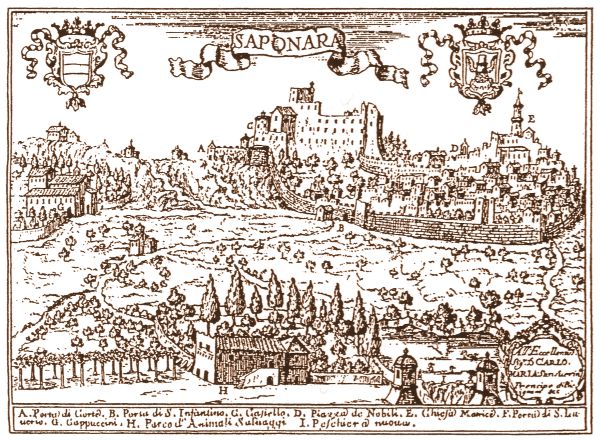The history of surveys and researches about Grumentumby Francesco Tarlano
The first historical research on Grumentum are dated to the seventeenth century when Holstenius, in his work in Annotationes Italiam Antiquam Cluverii in 1666, sorted out the dispute among scholars on the exact location of the archaeological area, placing it near the current Grumento Nova.
Of fundamental importance is the work of Francesco Paolo Caputi, Small contribution to Grumento’s history, in which are reported with a wealth of details information about the main monuments found in the city, from the forum to the theater, amphitheater, thermal baths, and infrastructure on territory, especially roads and aqueduct; the scholar photographs the state of the art and publishes the archaeological finds occurred at that time.
Copyright text and images (where there aren't other references ) by Francesco Tarlano.
|




 The first local scholar to make excavations was the saponarese archpriest Carlo Danio; news of his excavations are given in the Letter to Matteo Egizio written by Giacomo Antonio del Monaco in 1713.
The first local scholar to make excavations was the saponarese archpriest Carlo Danio; news of his excavations are given in the Letter to Matteo Egizio written by Giacomo Antonio del Monaco in 1713.